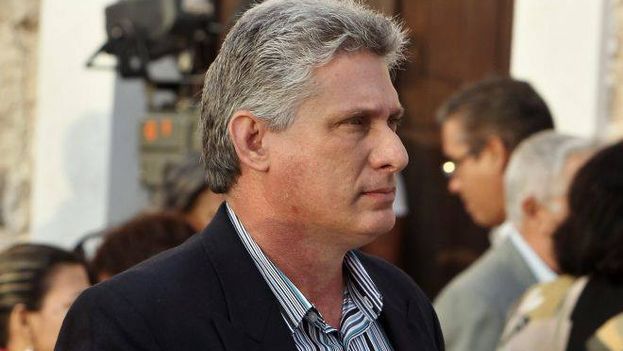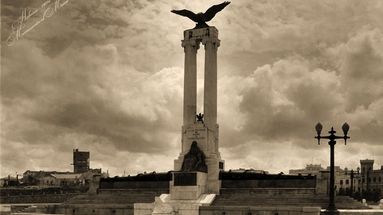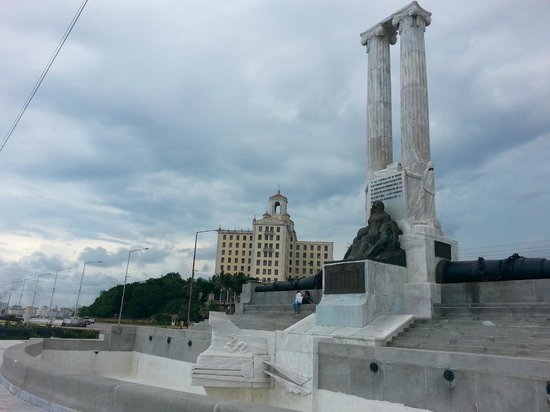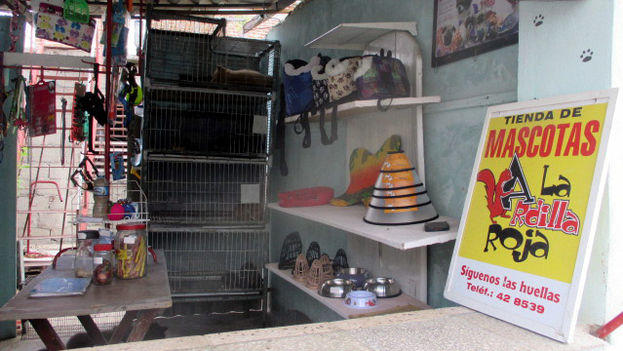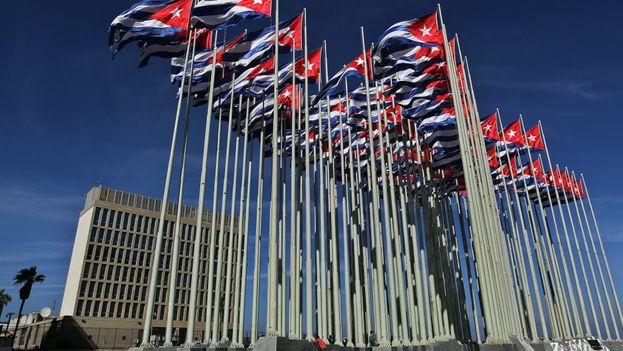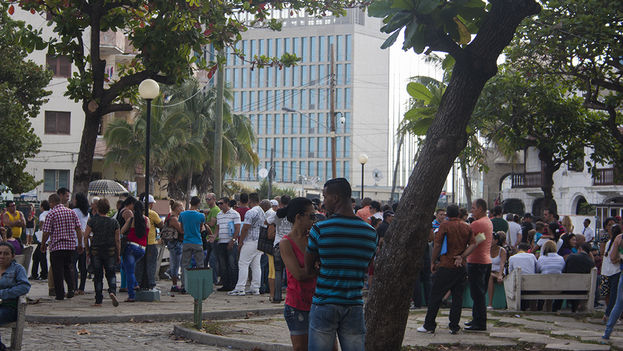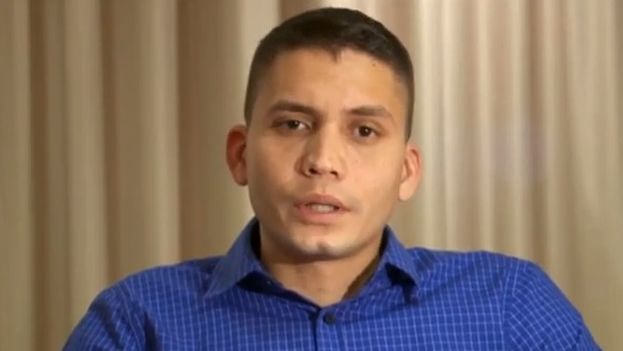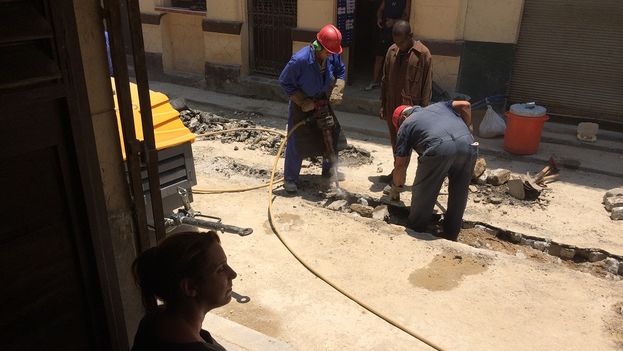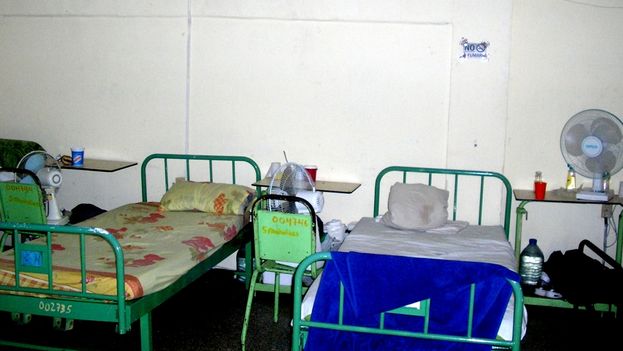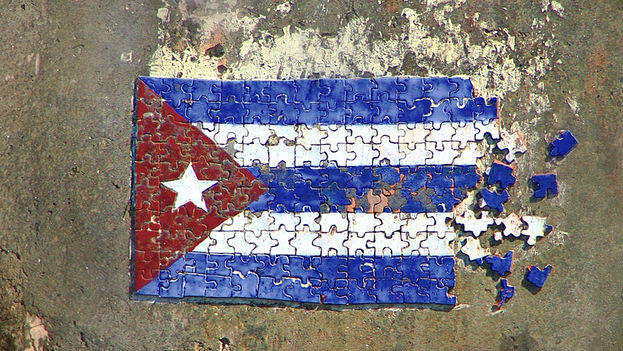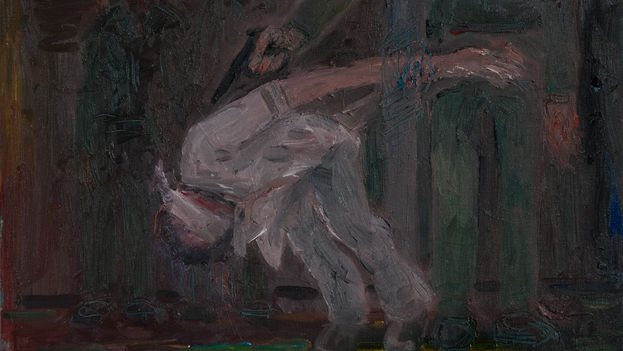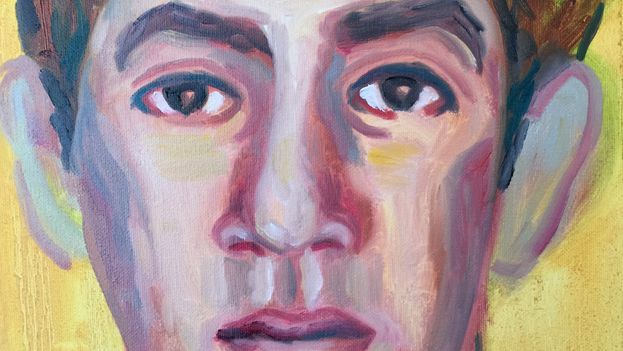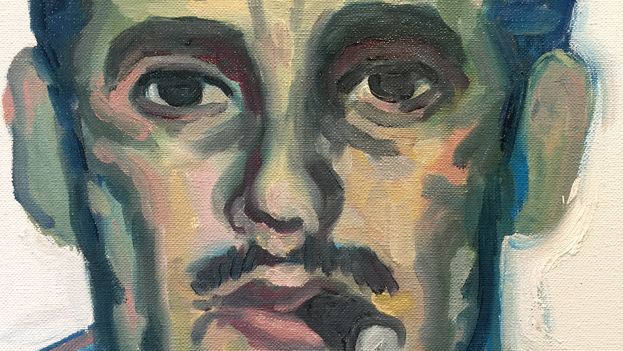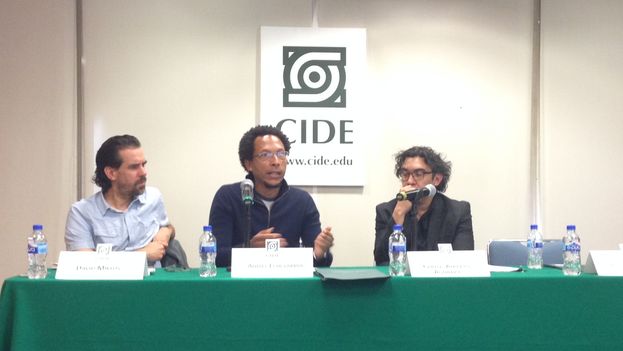The first group included the narrators Jorge Enrique Lage and Ahmel Echevarria, members of what has been called “Generation Zero” of Cuban literature; for the second there was Walfrido Dorta, a researcher of the City University of New York,Waldo Perez Cino, an editor living in Leiden (Netherlands), and the poet, novelist and essayist Carlos Alberto Aguilera, co-founder of the journal Diaspora(s), who is currently living in Prague.
At the end of the session, in which the Mexican writer David Miklos and the Cuban historian living in Mexico Rafael Rojas also participated, 14ymedio spoke with five special guests. Their answers are a sample of the different approaches and fruitful dialogue that took place during those three days. continue reading
14ymedio, Yaiza Santos. In a society where the free market exists, the relationship between writers and readers can clearly be seen, for example, in how many books are sold. Those of you on the island, how do you observe your relationship with your readers?
Jorge Enrique Lage. I don’t observe. But it is because there is no physical media in Cuba, no space for criticism. There is no infrastructure that allows you to think in those terms: has my book sold, how successful has it been… I don’t expect criticism, and the feedback with readers comes when you talk to them. But reading reviews or knowing that all the books sold in a bookstore, I’m oblivious.
Nor do I care. Because the problem of lack of space is critical, but not for literature. Literature doesn’t matter. It is critical for everything else. Lacking space for journalism, truthful journalism, current commentaries on politics and economics. And when there is space for all that, it will at some point include space for literary criticism.
Ahmel Echevarria. I think this relationship is mostly displayed in the presentation of a book, and a literary activity or simply in a party with friends, because I don’t believe that at the level of the State – well, to call it the State is to say everything, because everything belongs to the State – there are devices that are analyzing that.
When the book fair is analyzed statistically, there are numbers that I’m not very sure reflect what actually happens: there are a number of people attending the book fair, but in reality, of those hundreds or thousands of people, how many people are consuming literature? So, like Jorge, I don’t expect this statistic for me. What interests me in thinking about literature, making literature, is having fun, talking with friends, and the rest, if it comes it comes.
Question. Has nothing changed with the digital landscape? I think, for example, that you, some on the island, some outside, as has been mentioned in this symposium, keep in touch via the Internet.
Carlos Alberto Aguilera. It is that one doesn’t write for the readers. Who are the readers? The readers don’t exist. I’m not saying that a reader doesn’t exist, that head that can connect with your literature and in some way is going to understand it or recycle it, or do something with it.
This happens in very determined micro-communities. But they are not the readers. There is no way to write for the readers: it is too large a mass, too heterogeneous. If my book can sell or not, it’s not a question for me: it’s a question for the publisher. It doesn’t interest me, and it has never been a constraint to the way I write.
“That what we call Cuban literature, the less Cuban it is, and the less literature as an institution is, the better.”
Waldo Pérez Cino. I agree totally with Aguilera, but invert the point of view: he says for an author, the readers don’t exist, but for the readers, the authors do exist. And from this point of view, the Internet has produced a kind of de-territorialization, of circulation of the book, of circulation of texts, and of the way the visibility of authors circulates. What Carlos said is true, but if you look at it in reverse, effectively there is a chance for the readers, for those potential readers, who even when they have not read a particular author, they can identify a name, a mark of style or an attachment. Thirty years ago, it would probably have been impossible to circulate references to as many authors as today.
Walfrido Dorta. Look, right now I’m reading the last column of Gilberto Padilla in On Cuba, which is just about online literature and the phenomena of literature produced starting only from what the reader asks for. A model totally opposite to that offered by Aguilera. Padilla speaks of those teenagers who write novelas in installments and continue with what their readers are asking for. With this, clearly, online literature is moving in diametrically opposed patterns.
Question. What specific thing would you like to happen tomorrow, for example, to improve the state of Cuban literature?
Carlos Alberto Aguilera. Which was totally destroyed. Seriously. I think that what we call Cuban literature, the less Cuban it is, and the less literature as an institution is, the better.
Walfrido Dorta. That there would be independent publishers. That the State not be the only source of any kind of initiative. That will greatly threaten the state of things. Beyond that, improving writing, and in terms of intellectual networks, this is the first thing that will have to fade into the past.
Jorge Enrique Lage. I would not ask for anything. Literature is one of the centers of my life, but in Cuba there are so many things lacking, that to ask something for literature would be irresponsible. Literature doesn’t matter. Many other things in Cuba matter now, and we are talking of thousands, millions of people, for whom literature in their lives means nothing and they need so many other things.
So I would separate Cuban literature in relation to the “Change” [in the Cuban political system]. I see it as two separate spheres: although at some point they connect, but literature has nothing to do with the Change. The Change is for other reasons, other needs.
In Cuba, many things other than literature matter now, there are millions of people for whom literature in their lives means nothing and they need so many other things.
Ahmel Echevarria. For me, if anything, that they fix the streets.
Waldo Pérez Cino. I think that for literature, neither for the Cuban nor the Icelander, you cannot do anything institutionally. Literature is what is, or it is not what it is not, period. It exists to the extent that it is written, and that it is produced. What could be done, perhaps, is for distribution (or circulation, although that’s used more for periodicals than books), but, well, that would not be for literature. And much less for literature marked with a national seal.
Question. For those who live outside Cuba, do you see yourselves returning to Cuba, living in Cuba, working in Cuba, at some point?
Walfrido Dorta. No, not right now. But to throw stones at yourself is irresponsible and uncertain, then I don’t know. One has very fresh in one’s mind the limitations, the traumas, and the impediments that are still there; they weigh heavily when it comes time to decide.
Waldo Pérez Cino. In my case, at least, a “final” return, to use a Cuban government adjective – “final” exit – no, I don’t see it at all. But I can perfectly imagine, not now, but indeed in the future, a kind of coming and going, of in some way being in Cuba, of spending seasons in Cuba and seasons outside.
Walfrido Dorta. When one hears the question, you think now about the “final,” which was my answer. Coming and going, yes, I see it, clearly. Because for example, if one chooses an academic career in the United States, the links with Cuban institutions are almost inevitable.
Carlos Alberto Aguilera. If you are talking about something final, it is not a question I ask myself, and it is not something final… I have never been back, and I have refused to be published inside Cuba, even in journals I admire, such as “La Noria,” as long as there is this regime. And it is a personal question. If I see myself returning to Cuba, coming and going, I think I would only go to Cuba if the worst happens – my mom lives in Cuba – otherwise, no.
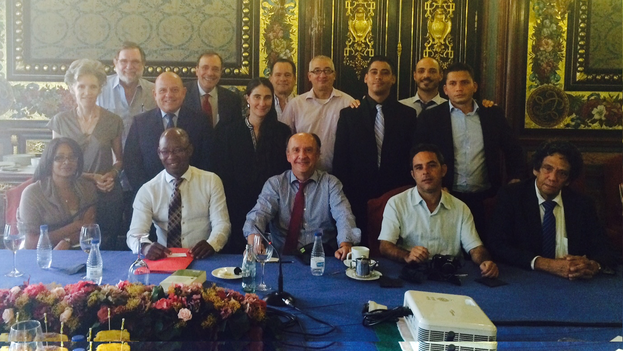
![]() 14ymedio, Madrid, 4 July 2015 — In the halls of the Casa de America in Madrid on Thursday and Friday of this week a training event for Cuban activists was held. Organized by the Association of Ibero-American Freedom (AIL), the meeting was attended by ten Cubans from the island as well as the former Minister General Secretariat of the Presidency of Chile, the economist Cristian Larroulet and Carlos Alberto Montaner, among other analysts and intellectuals. continue reading
14ymedio, Madrid, 4 July 2015 — In the halls of the Casa de America in Madrid on Thursday and Friday of this week a training event for Cuban activists was held. Organized by the Association of Ibero-American Freedom (AIL), the meeting was attended by ten Cubans from the island as well as the former Minister General Secretariat of the Presidency of Chile, the economist Cristian Larroulet and Carlos Alberto Montaner, among other analysts and intellectuals. continue reading
